Quick 5-Minute Dijon Vinaigrette Recipe
Looking for a restaurant-quality vinaigrette in minutes? This easy dijon vinaigrette recipe uses simple ingredients and takes just 5 minutes to prepare. Perfect for salads, marinades, or sandwiches—no special skills required!
Classic Dijon Vinaigrette Recipe (5-Minute Magic!)
This easy-to-make dressing brings restaurant-quality flavor straight to your kitchen table. Perfect for weekday salads or fancy dinner parties, this dijon vinaigrette recipe is your new best friend.
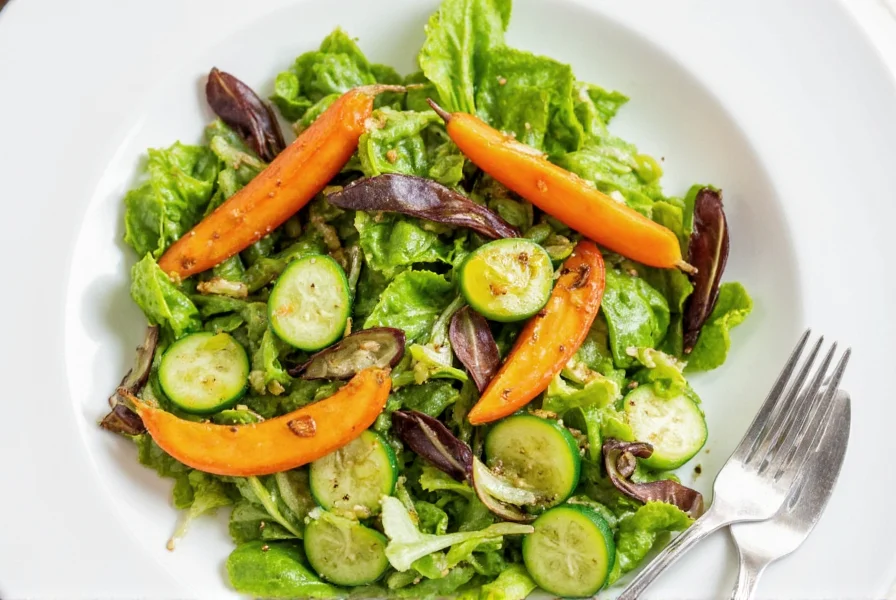
Ingredients:
- 1 tbsp dijon mustard
- 1 clove garlic, minced
- 1 tbsp honey or maple syrup (optional)
- 3 tbsp red wine vinegar or apple cider vinegar
- 1/3 cup extra virgin olive oil
- Salt and black pepper to taste
Instructions:
- In a small bowl, whisk together dijon mustard, minced garlic, and sweetener (if using).
- Add vinegar slowly while whisking continuously to prevent clumping.
- Gradually drizzle in olive oil, continuing to whisk until the mixture becomes thick and emulsified.
- Taste and adjust seasoning with salt and pepper.
- Transfer to a jar with a tight-fitting lid and store in the refrigerator for up to one week.
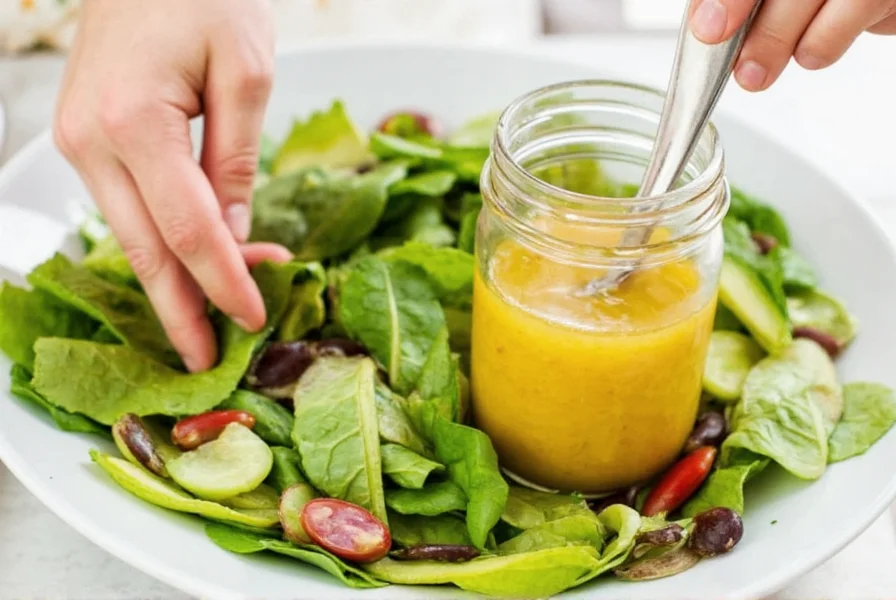
Variations You Can Try
- Lemon Herb: Swap vinegar with lemon juice and add chopped fresh herbs like parsley or chives.
- Honey Balsamic: Replace red wine vinegar with balsamic and increase honey to 2 tablespoons.
- Asian Fusion: Add a dash of soy sauce, rice vinegar, and sesame oil for an umami twist.
Why Dijon Mustard Makes the Perfect Base
Dijon vinaigrette relies on dijon mustard as its key ingredient. Unlike yellow mustard, dijon is made from brown mustard seeds soaked in white wine, giving it a sharper, more complex flavor that acts as a natural emulsifier—binding oil and vinegar smoothly for a perfectly blended dressing.
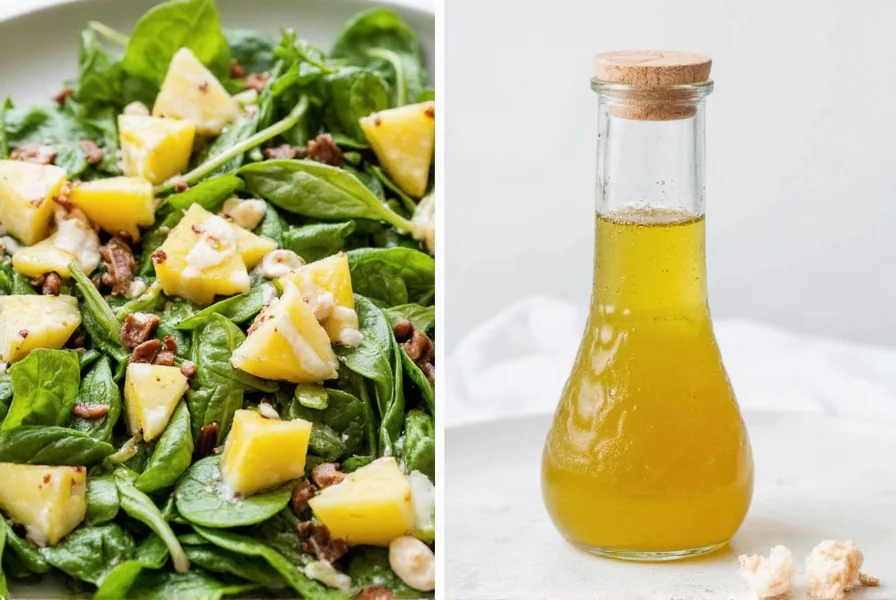
Key Benefits of Dijon in Your Dressing
- Flavor boost: Adds depth and complexity to simple greens.
- Natural emulsifier: Prevents oil and vinegar from separating.
- Versatility: Works great beyond salads—try it on sandwiches, grilled veggies, or roasted meats.
Keep It Fresh: Smart Ways to Store Dijon Mustard
Did you know that once opened, dijon mustard can last for months—even years—if stored properly? However, improper storage can dull its flavor and potentially encourage bacterial growth over time.
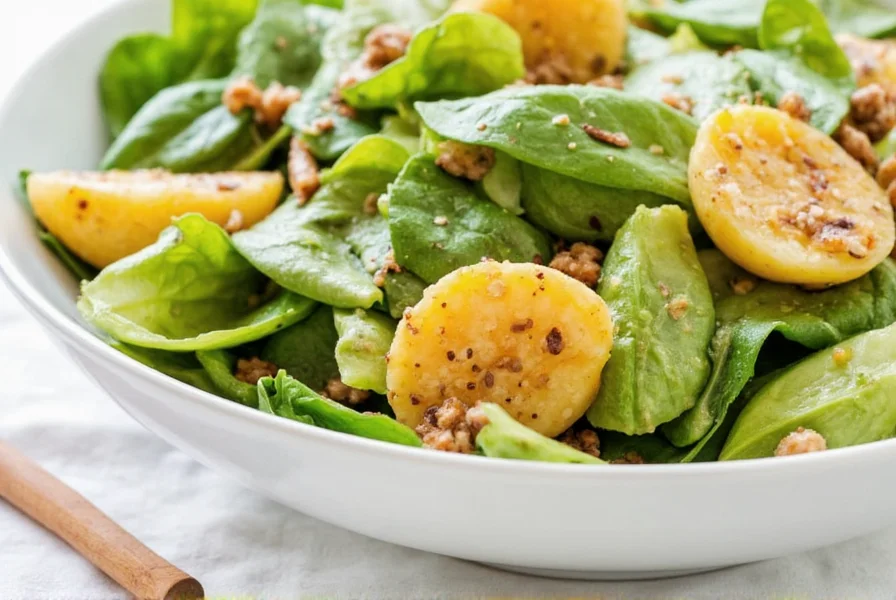
| Storage Method | Pros | Cons | Shelf Life |
|---|---|---|---|
| Room Temperature (Pantry) | No refrigeration needed | Can dry out; flavor fades faster | 6–9 months |
| Refrigerated | Prolongs freshness, preserves taste | May thicken slightly but remains usable | 12–18 months |
| Freezing (in ice cube trays) | Great for long-term use in recipes | Texture may change slightly after thawing | Up to 2 years |
Pro Storage Tip: Label It Right
If you're portioning out mustard in smaller containers or freezing cubes, make sure to label each with the date and type of mustard used. This way, you always know how fresh it is and what flavor profile to expect.
Go Beyond Basic: Pro Tips to Elevate Your Dijon Game
Now that you've got the foundation down, let's get creative. Here are a few advanced tricks that will take your dijon vinaigrette recipe from good to unforgettable:
Tip #1: Use Different Vinegars for Unique Flavors
Experiment with vinegars like sherry, champagne, or white wine for nuanced flavor profiles. Each brings its own character and can completely change the personality of your dressing.
Tip #2: Infuse with Spices or Herbs
Add a pinch of smoked paprika, cumin, or even ground coriander for a global flair. For herb lovers, fresh thyme or rosemary can turn your dressing into an aromatic masterpiece.
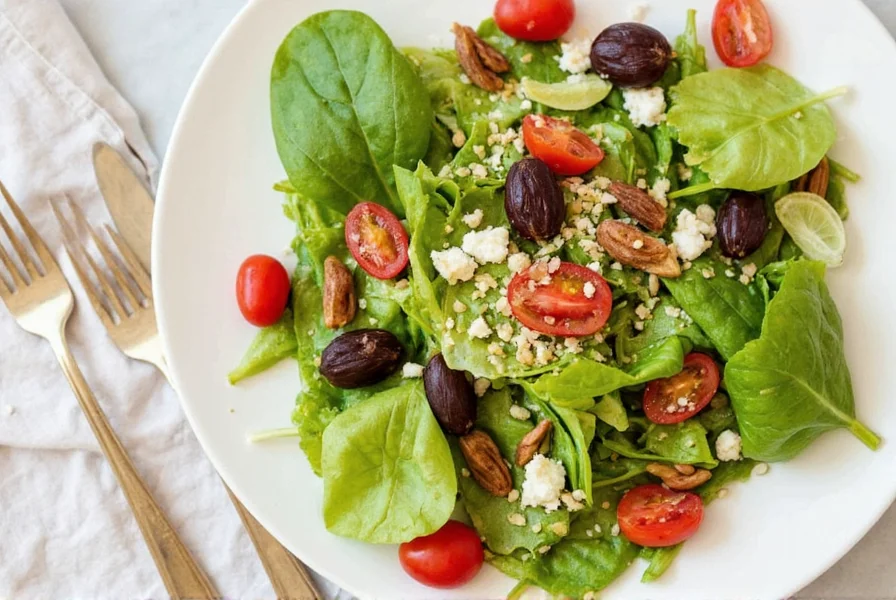
Tip #3: Make Ahead and Let It Rest
Letting your vinaigrette sit for 30 minutes before serving allows the flavors to meld beautifully. It also makes meal prep easier during busy weekdays!
Tip #4: Use in Marinades and Sauces
Don't limit yourself to salads. Try mixing dijon vinaigrette into marinades for chicken, pork, or tofu. Or swirl a spoonful into mayonnaise for a zesty sandwich spread.
Buyer's Guide: How to Choose the Best Dijon Mustard
Not all dijon mustards are created equal. Some are smoother, others more aggressive, and a few are infused with spices or aged in barrels. Knowing what to look for can help you choose the perfect one for your vinaigrette needs.
Things to Look For When Buying Dijon Mustard
- Ingredients: Stick to ones with minimal additives and no preservatives.
- Texture: Should be smooth but still have a slight graininess for authenticity.
- Packaging: Glass jars tend to preserve flavor better than plastic containers.
Top 3 Recommended Brands
| Brand | Features | Best For | Occasions |
|---|---|---|---|
| Bonne Maman | Traditional French style, natural ingredients | Classic vinaigrettes and sandwiches | Everyday cooking |
| Maison Maille | Artisanal, aged in oak barrels | Upscale entertaining and gourmet dishes | Dinner parties |
| French's Classic Dijon | More affordable, widely available | Quick meals and casual lunches | Weeknight dinners |
Specialty Options Worth Trying
- Truffle-Infused Dijon: Rich and luxurious — ideal for special occasions.
- Whole Grain Dijon: Contains visible mustard seeds; adds texture and rustic charm.
- Organic & Vegan Varieties: Great for those following plant-based diets.
Frequently Asked Questions About Dijon Vinaigrette
How long does homemade dijon vinaigrette last in the refrigerator?
Homemade dijon vinaigrette typically stays fresh for 7-10 days when stored in an airtight container in the refrigerator. The acidity from the vinegar helps preserve it, but for best flavor and food safety, it's recommended to use it within one week. Always check for any signs of spoilage like off smells or mold before using.
Why is my vinaigrette separating, and how can I prevent it?
Vinaigrettes naturally separate because oil and vinegar don't mix permanently. The dijon mustard acts as an emulsifier to help bind them, but separation can still occur over time. To prevent excessive separation: 1) Make sure to whisk vigorously while slowly adding the oil, 2) Use enough dijon mustard (at least 1 tablespoon per 1/3 cup oil), and 3) Store in a tightly sealed container and shake well before each use. If it separates, simply shake or re-whisk before using.
Can I make dijon vinaigrette without honey or sweetener?
Absolutely! The honey or sweetener is optional and primarily balances the acidity. If you prefer a more tangy, sharp vinaigrette, you can omit it completely. For a less sweet option, you could reduce the amount to 1-2 teaspoons instead of a full tablespoon. Those following sugar-free diets often skip this ingredient entirely with great results.
What's the difference between using dijon mustard versus yellow mustard in vinaigrette?
Dijon mustard has a more complex, nuanced flavor profile compared to yellow mustard. It's made from brown mustard seeds fermented with white wine rather than vinegar, giving it a sharper, more sophisticated taste. Dijon also acts as a superior emulsifier due to its higher quality ingredients and preparation method. Yellow mustard would create a less refined flavor and may not emulsify as effectively, potentially leading to quicker separation.
Can I use other oils besides olive oil in my dijon vinaigrette?
Yes, you can substitute olive oil with other neutral-flavored oils like avocado oil, grapeseed oil, or even melted coconut oil. Extra virgin olive oil provides the most flavor, but if you prefer a milder taste, light olive oil or another neutral oil works well. Avoid strongly flavored oils like sesame (unless making an Asian-style dressing) as they can overpower the delicate balance of the vinaigrette.
How can I fix a broken or curdled vinaigrette?
If your vinaigrette appears curdled or broken (looks separated with tiny droplets), you can fix it by creating a new emulsion. Start with 1 teaspoon of dijon mustard in a clean bowl, then slowly whisk in the broken dressing a few drops at a time until it re-emulsifies. Alternatively, add a small splash of water or additional vinegar while whisking vigorously. The key is to add the broken dressing very slowly to the new base to rebuild the emulsion.
From Shelf to Salad: Final Thoughts
Whether you're tossing a quick lunch salad or prepping a dinner centerpiece, mastering the art of dijon vinaigrette can seriously upgrade your culinary game. With proper storage, smart customization, and thoughtful buying choices, you'll never run out of ways to enjoy this versatile ingredient.
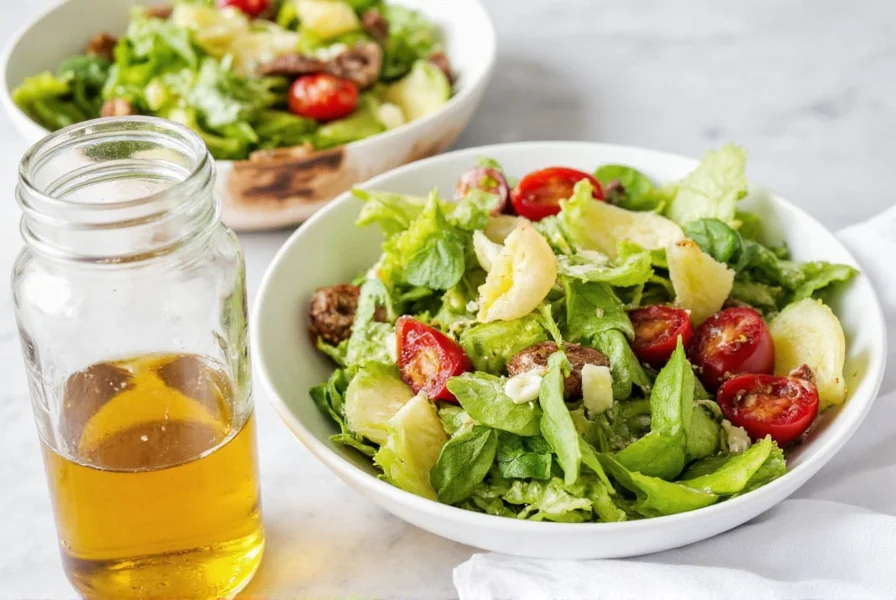
So go ahead — stock up on your favorite dijon mustard, whip up this classic vinaigrette, and experiment with bold new combinations. Your taste buds (and your guests) will thank you!

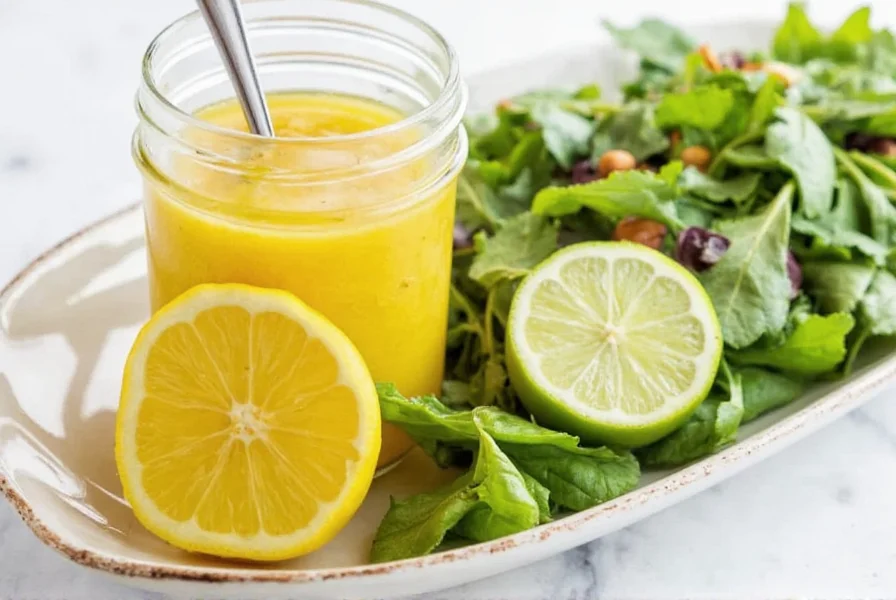









 浙公网安备
33010002000092号
浙公网安备
33010002000092号 浙B2-20120091-4
浙B2-20120091-4